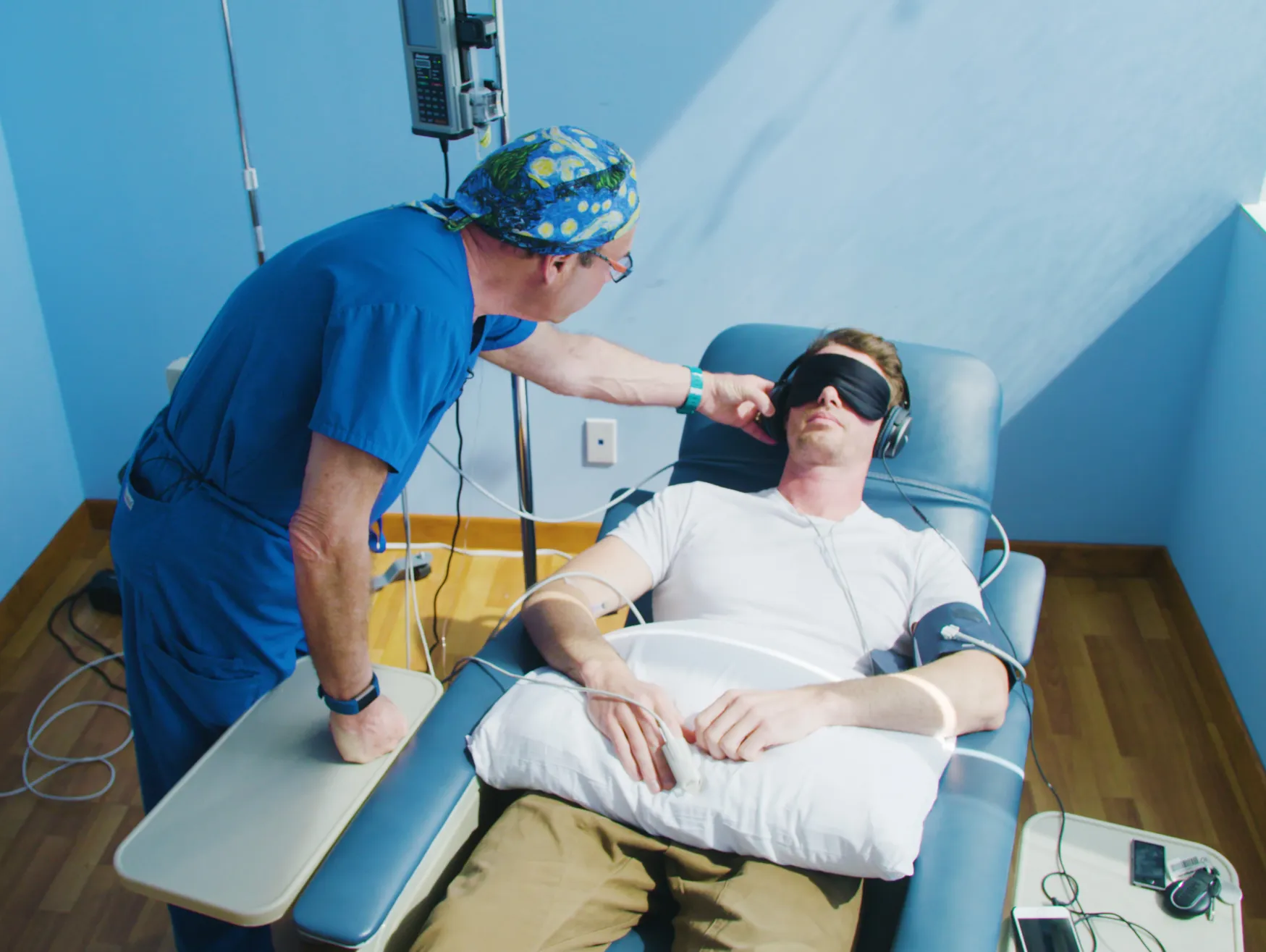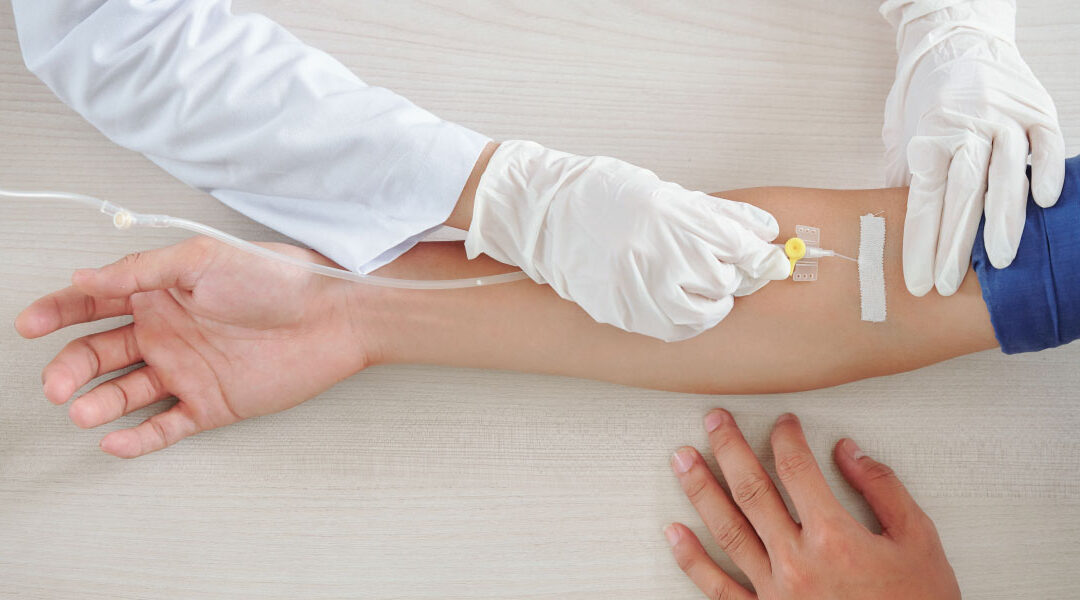PSTD disorder is a severe mental health condition that can affect anyone. It’s a type of anxiety disorder that causes people to feel overwhelmed and constantly on edge. If you think someone you know may be struggling with PSTD, there are some things you can do to help them. Browse here https://www.mobilepsych.clinic/ptsd-ketamine-treatment/. Here are some quick tips for diagnosing and treating PSTD:
- Take the person’s symptoms seriously- If you notice any changes in your loved one’s behavior or mood, don’t hesitate to seek help.
- Take action right away- Don’t let the disorder turn into something worse for your loved one.
- Stay positive and encourage treatment- Encourage treatment even if you don’t think it will work.
- Be there for your loved one- If your loved one is struggling, try to be there. It will help him, or her feel less alone.
- Keep an eye on the person’s environment- Make sure that their environment stays positive and safe.
How to Diagnosis PSTD: Posttraumatic-Stress-Disorder (PTSD) is a psychological health disease that can develop when a traumatic occurrence is experienced or witnessed. PTSD symptoms can be highly upsetting and disrupt everyday life. Nightmares, Flashbacks, intrusive thoughts, acute anxiety, and depression are some of the symptoms.

It is critical to seek support from a mental health expert if you are suffering from PTSD symptoms. There are different PTSD therapy alternatives accessible, and the best one depends on the needs of the individual. Cognitive-behavioral therapy (CBT), medication, and exposure therapy are all common treatment approaches.
How does common PTSD therapy work? Flashbacks, intrusive thoughts, nightmares, and hypervigilance are all symptoms of PTSD. While there is no one-size-fits-all therapy for PTSD, cognitive-behavioral therapy (CBT) and exposure therapy have helped many patients.
PSTD Management: Intrusive thoughts, flashbacks, nightmares, and hypervigilance are all symptoms of PTSD. Although coping with PTSD can be tough, there are techniques to manage it. Seeking professional therapy, building a support system, practicing self-care, and journaling are all helpful PTSD tips.
Conclusion:
It is crucial to diagnose PTSD in the military and provide a quick response to help those who suffer from the disorder. This paper aims to give a brief overview of the diagnosis of PTSD and some of the different available treatments. It is important for service members and their families to be familiar with the signs and symptoms of PTSD to seek help if needed. Click here https://www.mobilepsych.clinic/ptsd-ketamine-treatment/ and learn more about this disorder.












